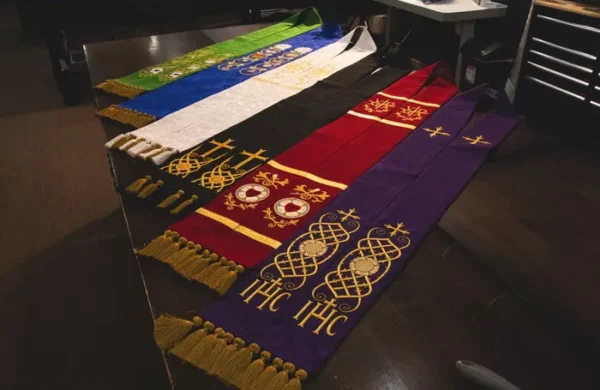
Church Prep for Advent & Christmas
Get ready for a stress-free Advent and Christmas with our custom vestments. Plan ahead this fall to ensure your church is beautifully prepared for the sacred season.
Advent, the season of expectant waiting and preparation for celebrating Christ’s birth, marks the beginning of the church year and lasts for 22-28 days, always ending on Christmas Eve. To aid our meditation on Christ’s coming, we utilize symbols inspired by prophetic writings for this season
As we enter into the season of Advent, we are reminded of its joyful nature and the significance of waiting with an expectant heart. In a world that can often feel chaotic and uncertain. Advent encourages us to take a step back and reflect on the true essence of Christmas. It reminds us to remember the unfailing love of our Lord, Jesus Christ.
Through prayer, meditation, and acts of kindness, we ready ourselves to receive the gift of Christ’s love and grace. As for Ecclesiastical Sewing, we are ready to assist you in creating beautiful liturgical vestments and paraments that mirror the sacredness of this season. We strive to make pieces that will enrich your worship experience and strengthen your connection to God.
Whether you possess seasoned sewing skills or are just starting out, we provide all you need to fashion stunning vestments and paraments for Advent and beyond. In fact, our patterns and designs draw inspiration from centuries of church tradition. Furthermore, we stand ready to assist you in every possible manner. From custom fabrics and trims to patterns and giving instructions.
Join us as we journey through Advent together, growing in faith and anticipation of the miracle of Christ’s birth. Let’s celebrate Advent as a season of hope and anticipation. As we eagerly assist you in creating beautiful pieces that reflect the sacredness of the Advent celebration.

Get ready for a stress-free Advent and Christmas with our custom vestments. Plan ahead this fall to ensure your church is beautifully prepared for the sacred season.
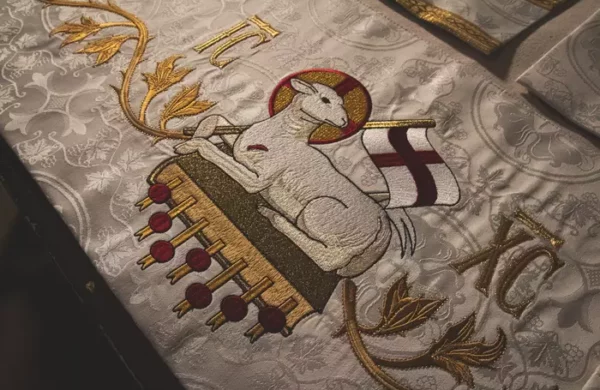
The Agnus Dei, or “Lamb of God,” symbolizes Jesus Christ’s sacrifice for humanity, originating from John 1:29. Emerging in Christian art by the 6th century, it represents Christ’s victory over death and serves as a reminder of His love. Still relevant today, especially during Easter, the Agnus Dei encapsulates themes of humility and redemption in worship and reflection.
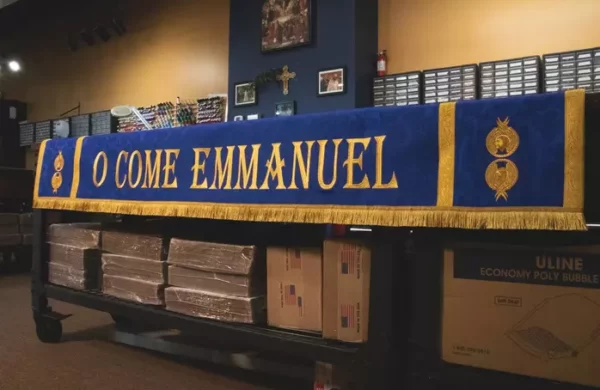
Uncover the story of blue in liturgical history! From medieval origins in Salisbury to modern Advent traditions, explore how this color symbolizes hope and anticipation. Join us on a journey through centuries-old practices to today’s vibrant celebrations!
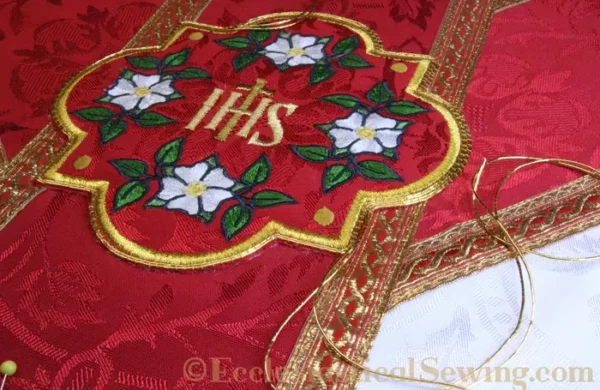
The use of a rose has been common sense since the 13th Century and is frequently used in Gothic wood carving as well as in hand embroidery. The Messianic rose can take on many forms. The design is part of a collection of vintage embroidery designs that date back to the late 1870s.
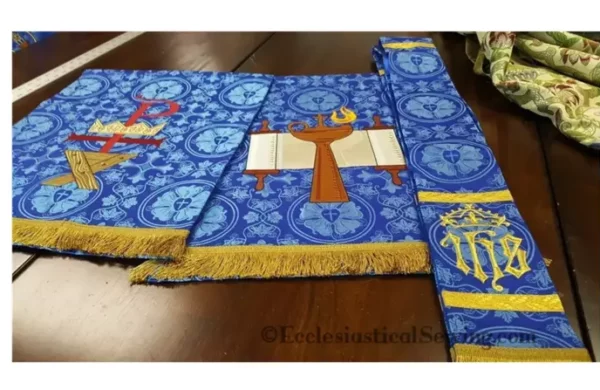
The choice between blue and purple Advent vestments reflects diverse traditions. Blue, popular in Scandinavia and the British Isles (“Sarum blue”), symbolizes the night sky before dawn, echoing themes of hope and new beginnings tied to the Christmas narrative. While, purple vestments, symbolizing penitence, have distinct connotations. Historically derived from Mediterranean snails, purple’s expense symbolizes royalty.
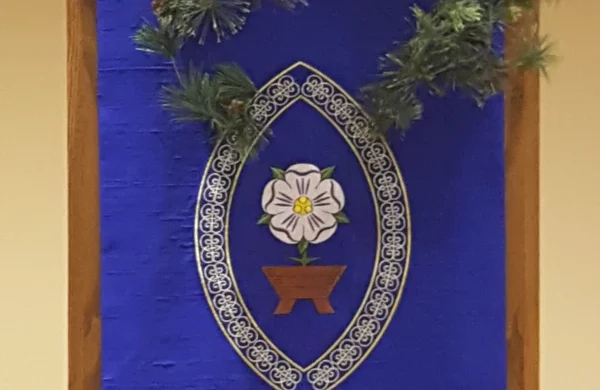
The symbol used for O Emmanuel is a manger with a flowering rose. The rose is a Messianic Rose. With great joy and anticipation, we join the prophet in singing, O Come, Emmanuel – come and save us, O Lord, our God. The collection of O Antiphon designs is a simple way to enhance a worship space. The banners may be hung from pillars as shown in the photo, or by some other way of your selection. The banners a simple to create for those who like to sew for their church.
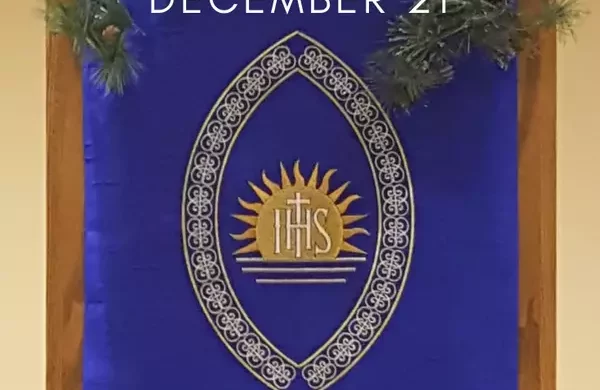
O Oriens – O Dayspring Antiphon for December 21: The word Dayspring today is considered archaic, yet it is a word that is beautiful and poetic. The word is used in the King James translation of the Bible. It means the dawn of the morning or daybreak. The symbol for Dayspring is often a rising sun as it breaks the horizon a the dawn of a new day.
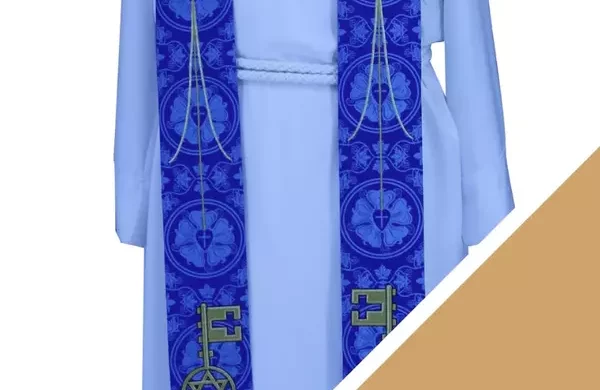
Keys are interesting things. They come in all kinds of sizes from small to large. They open things, close things, lock things up, start things and the list goes on. Keys are used in the Bible as a means to explain or illustrate different concepts. I am reminded of our Catechism study in preparation for Confirmation. We learned about the Office of the Keys.
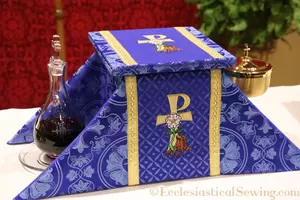
O Root of Jesse, standing as a sign among the people; before you kings will shut their mouths, to you, the nations will make their prayer: Come and deliver us, and delay no longer.
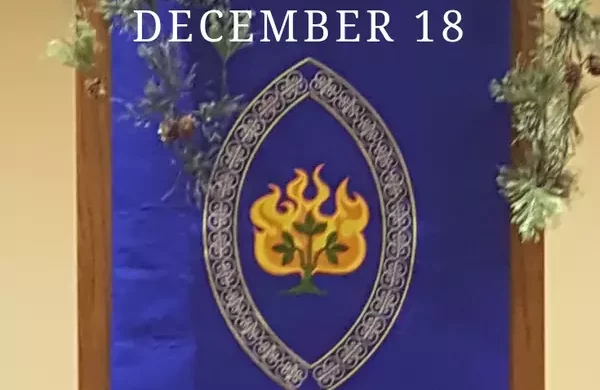
O Adonai, and leader of the House of Israel, appeared to Moses in the fire of the burning bush and gave him the law on Sinai: Come and redeem us with an outstretched arm.
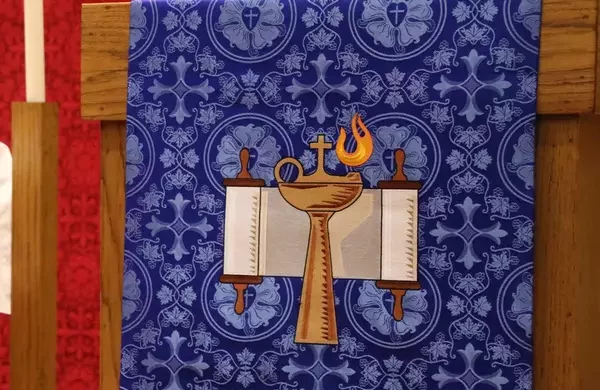
O Wisdom, coming forth from the mouth of the Highest, reaching from one end to the other, mightily and sweetly ordering all things: Come and teach us the way of prudence.
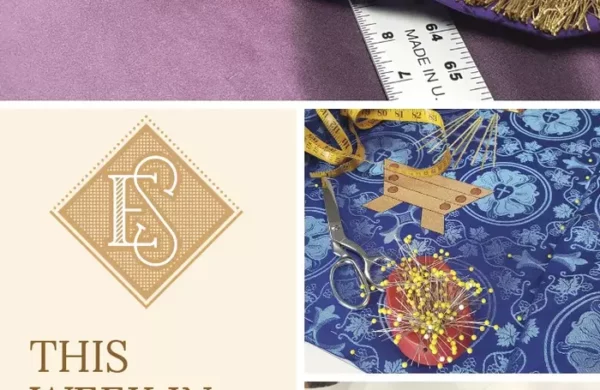
St. Margaret is a bold rich blue that has a stunning depth of color. It is vibrant and full of life. St. Margaret is one of the few Liturgical Brocade fabrics available in blue. The fabric is pinned to the embroidery frame to stitch a long pastor stole embroidery.
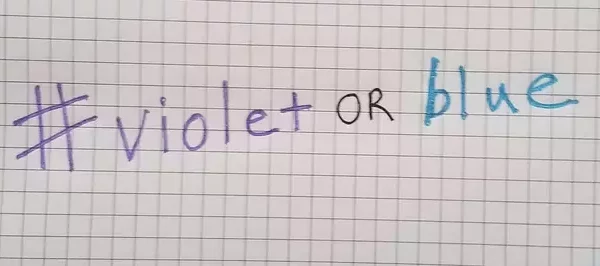
The Great Antiphons of Advent or The O Antiphons of Advent. An antiphon’s purpose is to summarize the main point of the psalm which helps make the connection between the psalm and the service on which it is chanted or sung. These Great Antiphons point the way toward Christmas and Christ. They talk about the Old and New Testaments and summarize the ties that bind everything together. They are a final push and lead us directly to our Lord’s birth, but more importantly, they shed light on the rest of the story and the greater picture.
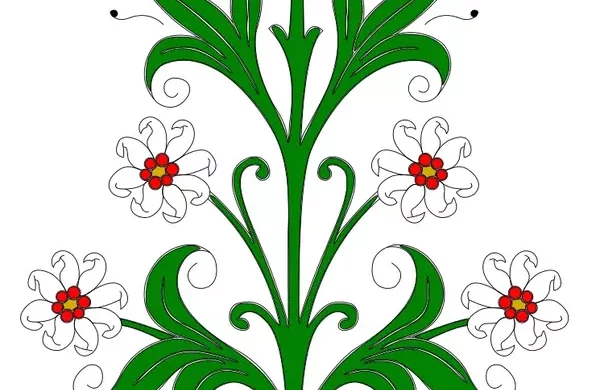
The ancient Israelites worshiped in the Tabernacle and later in the first Temple, which was the stationary building that replaced the Tabernacle. God instructed Moses exactly how to build the richly ornate Tabernacle and the Israelites used this mobile worship space for many years. In the reign of King Solomon, no expense was spared in the construction of the first Temple. This Temple was then sacked and many years later it was rebuilt as recorded in Ezra. Finally, King Herod renovated and added the second Temple, which was then destroyed in 70 A.D.
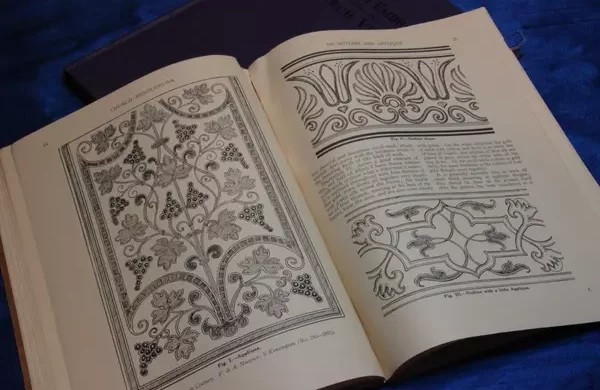
Changed plans for Advent Set due to lost time and supply delays.
A quick review from “Church Needlework” by Hinda Hands for ideas and now focusing on appliqué and outline work, balancing harsh designs with scroll accents. Using modern fusible web instead of paste for appliqué. Applying Alpha and Omega symbols directly to blue Silk Dupioni, so cutting fabric and adapting plans. Ecclesiastical Sewing project takes unexpected turns!
You must be logged in to post a comment.